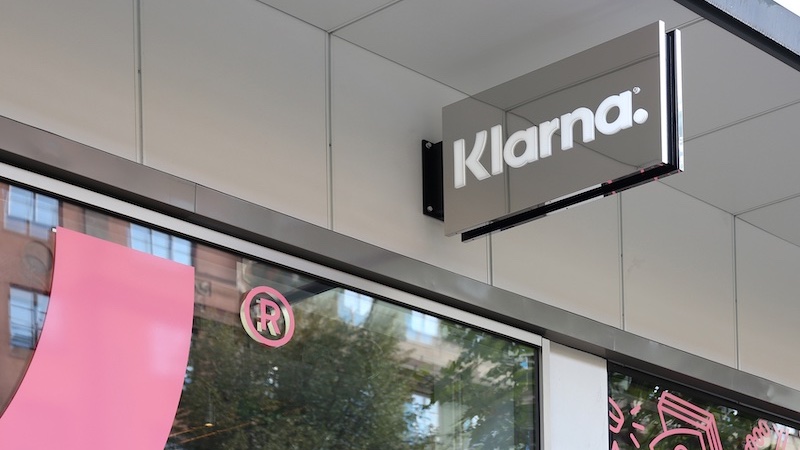From once the most valuable start-up to record losses
The Swedish fintech Klarna has published its interim report for the first half of 2022. The once successful payment platform has to cope with a record loss.
Things did not go particularly well for the Swedish fintech Klarna in the first half of 2022. The payment platform was able to increase its sales. But the loss has also increased – and drastically.
in the Interim report for the first half of the year writes CEO and co-founder Sebastian Siemiatkowski to investors. When the company drew up its plans for the 2022 financial year in autumn, “the world looked very different” than it does today.
Since then we have seen a tragic and unnecessary war in Ukraine, a huge shift in investor sentiment, a spike in inflation, a highly volatile stock market and a probable recession. All of this marked the beginning of a very turbulent year.
The year 2022 has so far “brought challenges and sad moments,” Siemiatkowski continued. However, the fintech remains committed to “saving consumers time, money and financial worries and supporting the growth of more retail partners than ever.”
Klarna’s first half of the year in figures
Compared to the same period of the previous year, the Swedish fintech was able to increase its sales significantly in the first half of 2022. Here there was an increase of a whopping 24 percent to around 950 million US dollars.
But the operating result is anything but rosy. Compared to the previous year, the operating loss has almost quadrupled.
While it was around 1.7 billion Swedish crowns in the first half of 2021, it will be around 6.3 billion this year. For classification: That is the equivalent of almost 600 million euros.
Klarna has been struggling for a while
But even if the loss in the first half of 2021 was comparatively small, Klarna has been struggling with problems for quite a while.
Above all, the increased costs for personnel are causing problems for the company. At the end of May 2022, Klarna already had to lay off 700 employees. That’s a whopping ten percent of the entire workforce worldwide. “We had to make some tough decisions,” writes Siemiatkowski in the half-year report.
We’ve got a few years behind us now, in which growth was given a very strong focus by investors.
Investors would now “understandably want to see profitability.” Klarna wants to achieve this by supporting its customers “even in economically difficult times”.
Also interesting:



